
Smarter email, faster business.
Trending
Categories
Next-Generation NGAP Engines to Enhance U.S. F-47 Air Dominance; Prospects for India’s AMCA
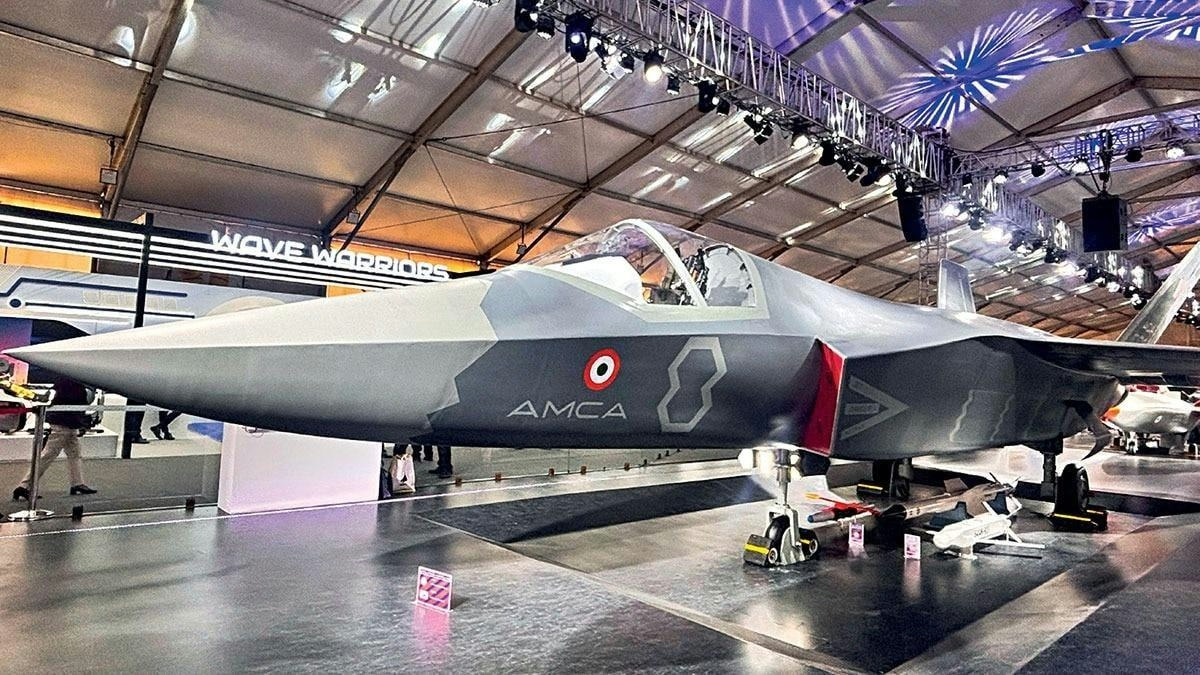
Next-Generation NGAP Engines to Enhance U.S. F-47 Air Dominance
The U.S. Air Force’s Next-Generation Adaptive Propulsion (NGAP) program is poised to transform combat aviation through the development of advanced jet engines tailored for the forthcoming F-47 Next Generation Air Dominance (NGAD) fighter. Spearheaded by industry leaders Pratt & Whitney and General Electric, the NGAP initiative focuses on delivering propulsion systems that combine enhanced fuel efficiency, increased thrust, superior thermal management, and improved survivability. These attributes are critical for maintaining air superiority in increasingly contested and technologically sophisticated battle spaces.
Central to the NGAP program is the adaptive cycle engine technology, which enables engines to dynamically adjust airflow and performance parameters during flight. Unlike conventional fixed-cycle engines, NGAP engines incorporate a “third stream” of cooled air. This innovation allows the engine to alternate between high-thrust modes—by closing the third stream for maximum power during combat or rapid acceleration—and high-efficiency modes—by opening the third stream to optimize fuel consumption during extended missions. This adaptability is expected to significantly enhance operational range and mission persistence, while also supporting the integration of advanced weapon systems.
Currently, Pratt & Whitney’s XA103 and General Electric’s XA102 prototypes, both evolved from the earlier Adaptive Engine Transition Program (AETP), are in advanced stages of design and analysis. Following the completion of key design reviews, prototype ground demonstrators are under fabrication and testing, with evaluations projected to continue into the late 2020s. The U.S. Air Force has increased funding to expedite development, underscoring the strategic imperative of propulsion modernization in securing future air dominance.
Despite its promise, the NGAP program faces considerable technical and financial challenges. The complexity of developing adaptive engines lies in ensuring consistent reliability and performance under extreme operational conditions. Managing the unprecedented thermal loads generated by next-generation aircraft demands cutting-edge thermal management solutions. Additionally, the high costs associated with advanced materials, digital design methodologies, and sophisticated manufacturing processes present significant hurdles. To address these challenges, the program leverages advanced digital modeling techniques and close collaboration with suppliers to streamline development and improve manufacturing efficiency.
The competitive environment surrounding adaptive propulsion technologies is intensifying. General Electric’s advancement of its XA201 engine signals a potential race among defense contractors, fueled by growing interest from investors and the defense sector. The U.S. Air Force’s focus on modernization, particularly through the F-47 NGAD program, is driving demand for these next-generation propulsion systems.
Prospects and Challenges for India’s AMCA Program
The implications of NGAP technology extend beyond the United States, influencing global military aviation development. India’s Advanced Medium Combat Aircraft (AMCA) project exemplifies the challenges faced by nations seeking to integrate advanced propulsion systems into next-generation fighters. The AMCA program must meet stringent performance requirements while attempting to incorporate adaptive engine technologies. Furthermore, navigating complex international supplier relationships and technology transfer issues remains a significant obstacle for India as it endeavors to field a competitive and technologically advanced fighter aircraft.
As NGAP technologies mature, they are expected to establish new standards for engine performance, efficiency, and survivability. These advancements will not only shape the future trajectory of U.S. air power but also exert considerable influence on global military aviation programs, including those like India’s AMCA.
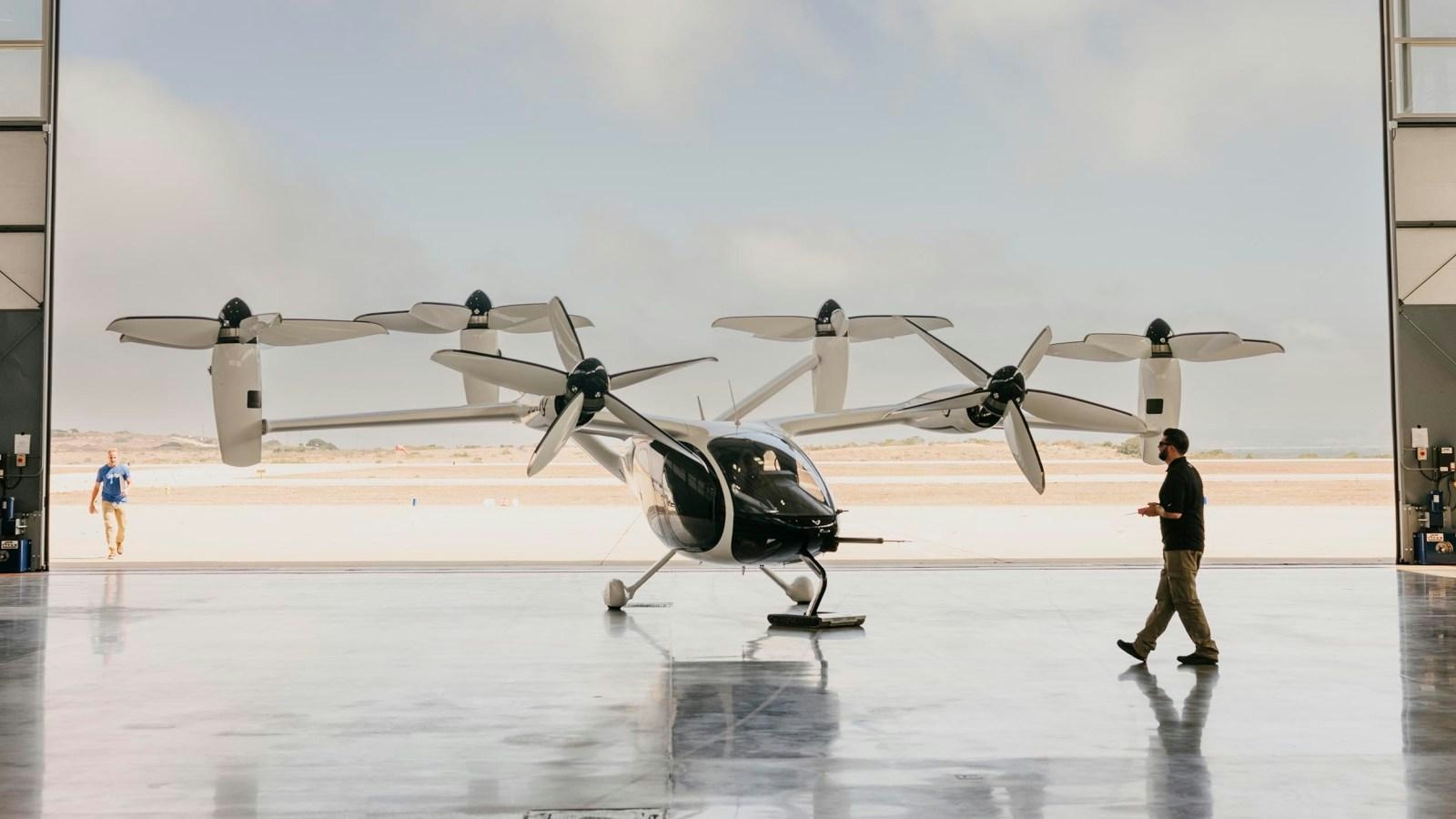
Could Fullerton Airport host self-flying air taxis in the future?

Instacart Partners with United Airlines to Offer Miles and Free Delivery
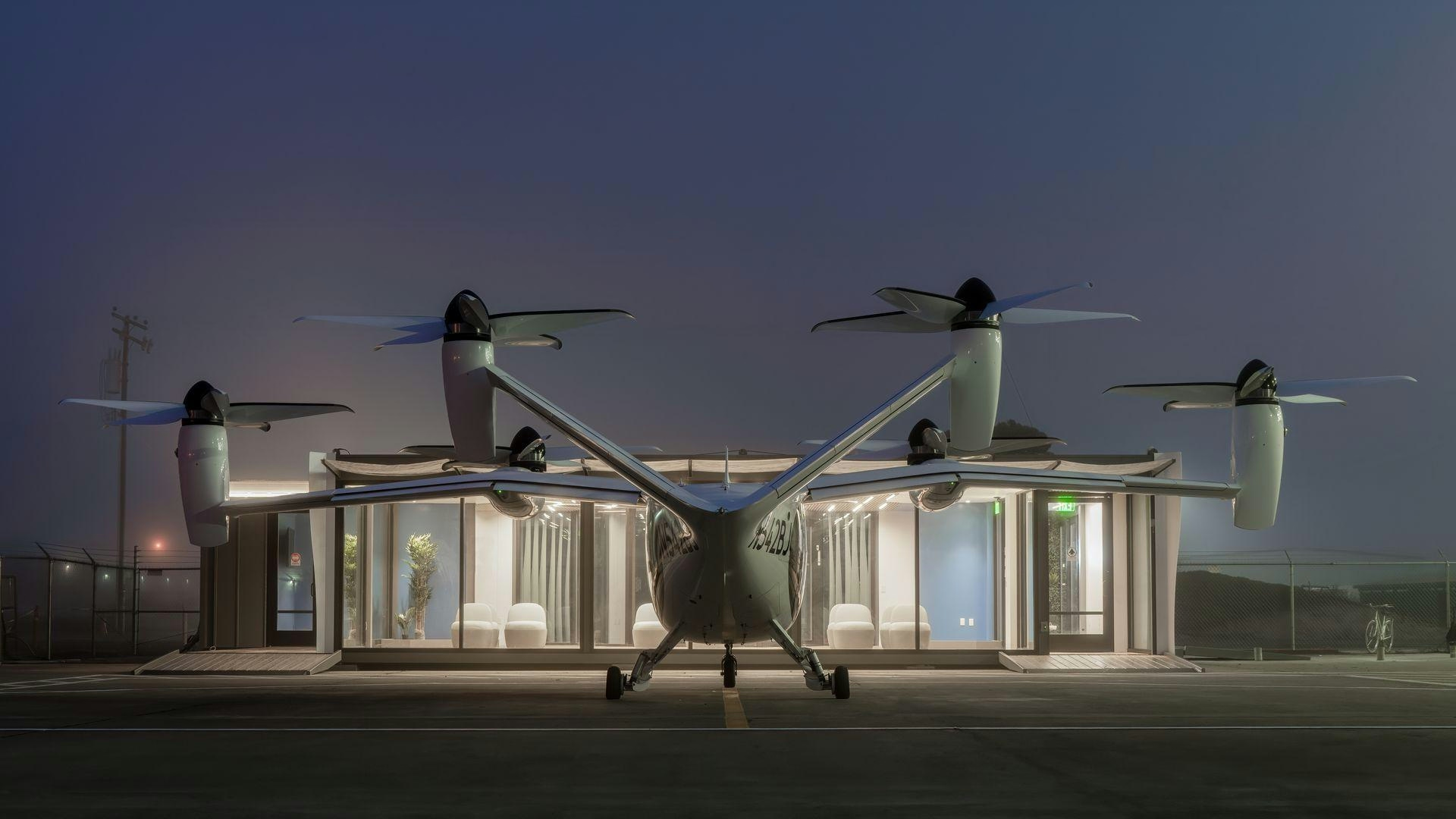
Tampa could soon be home to an air taxi 'vertiport'
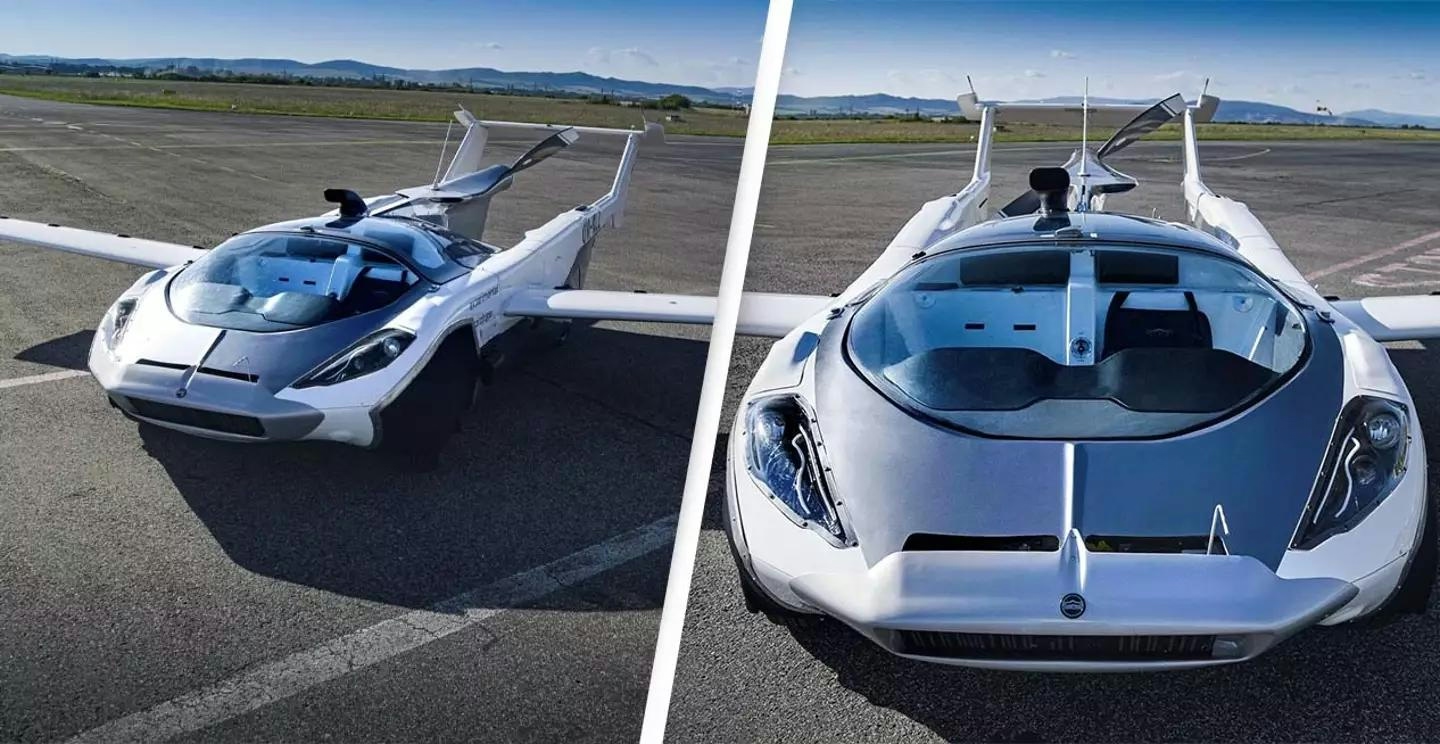
The Future of Flying Vehicles Is Approaching
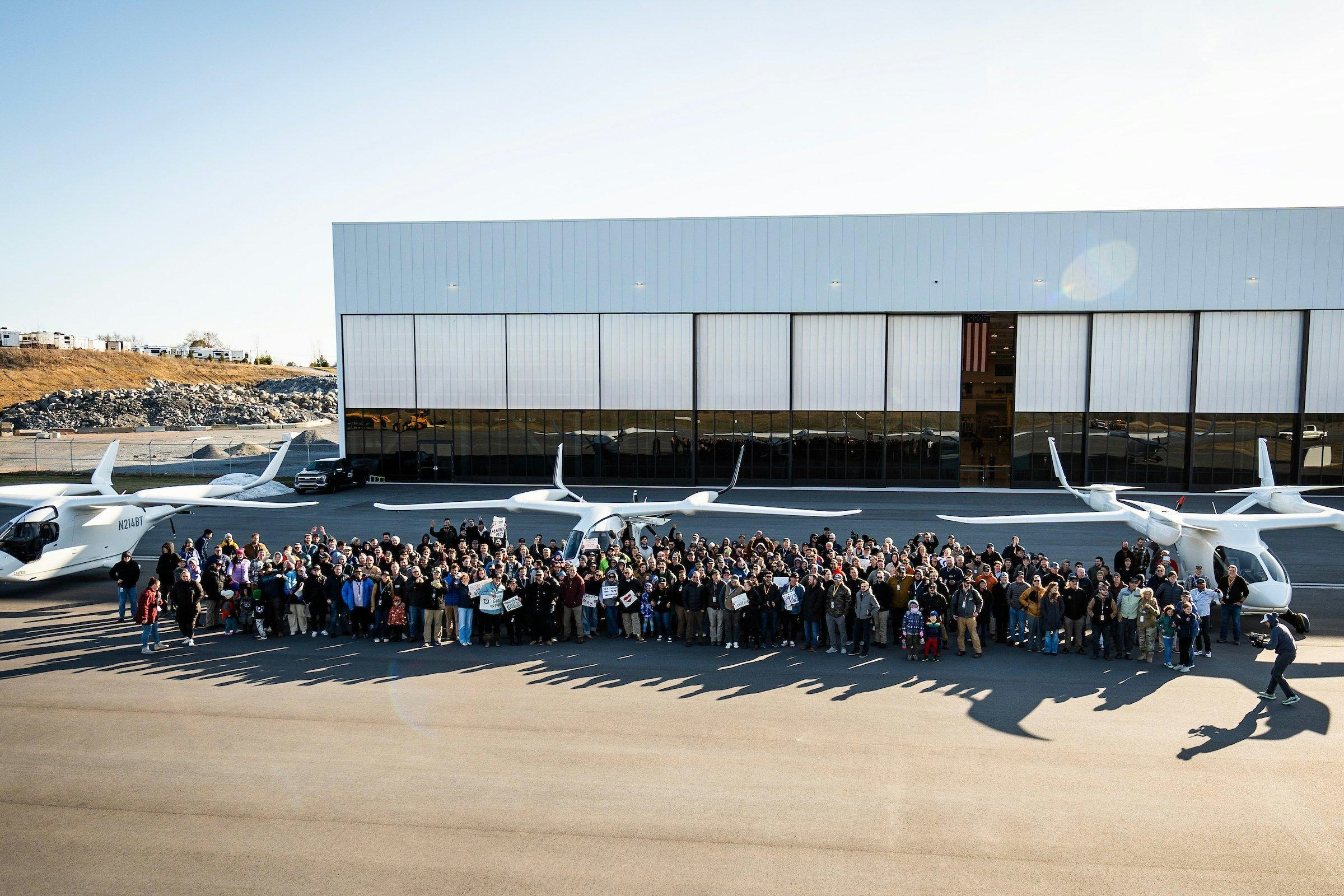
EMMA Systems Raises Seed Funding from Plus VC to Advance Aviation Technology
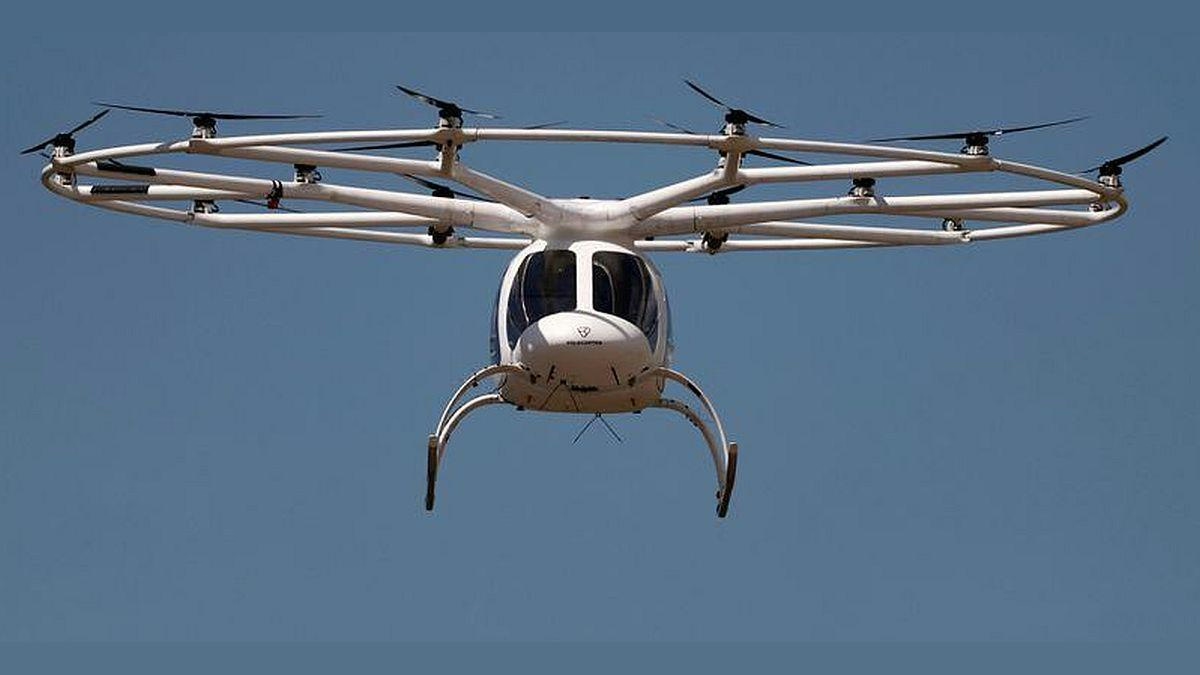
Air Taxis and Urban Mobility Challenges in India
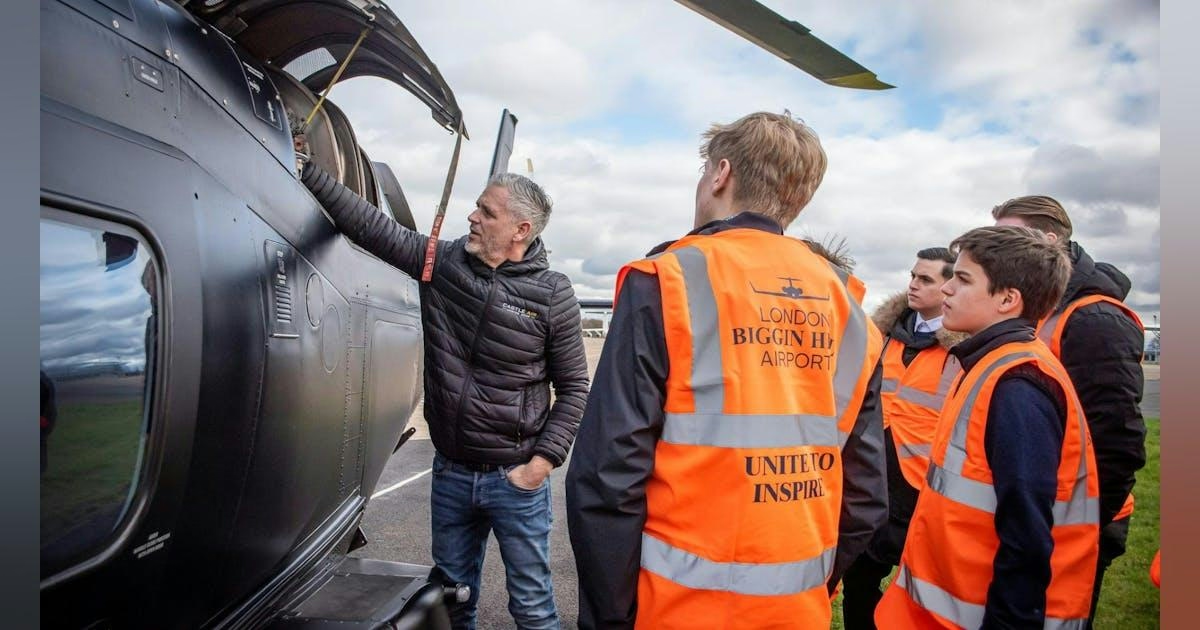
London Biggin Hill Service Centre Advances MRO with New Paint Facility and OEM Support
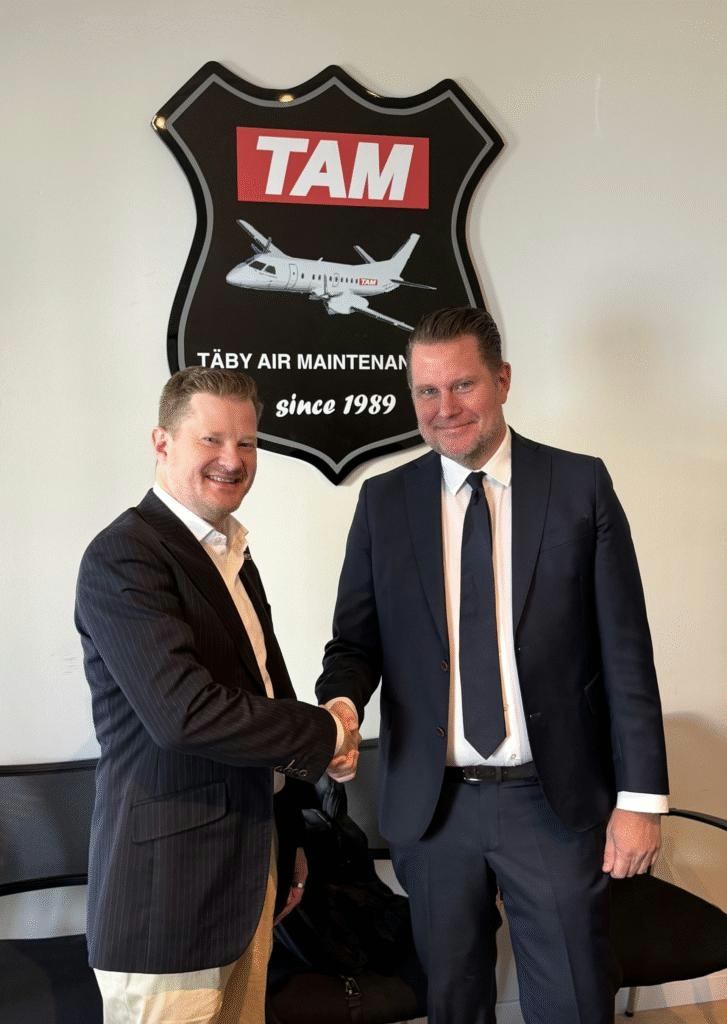
Lars Wingefors Acquires Aviation Company TAM
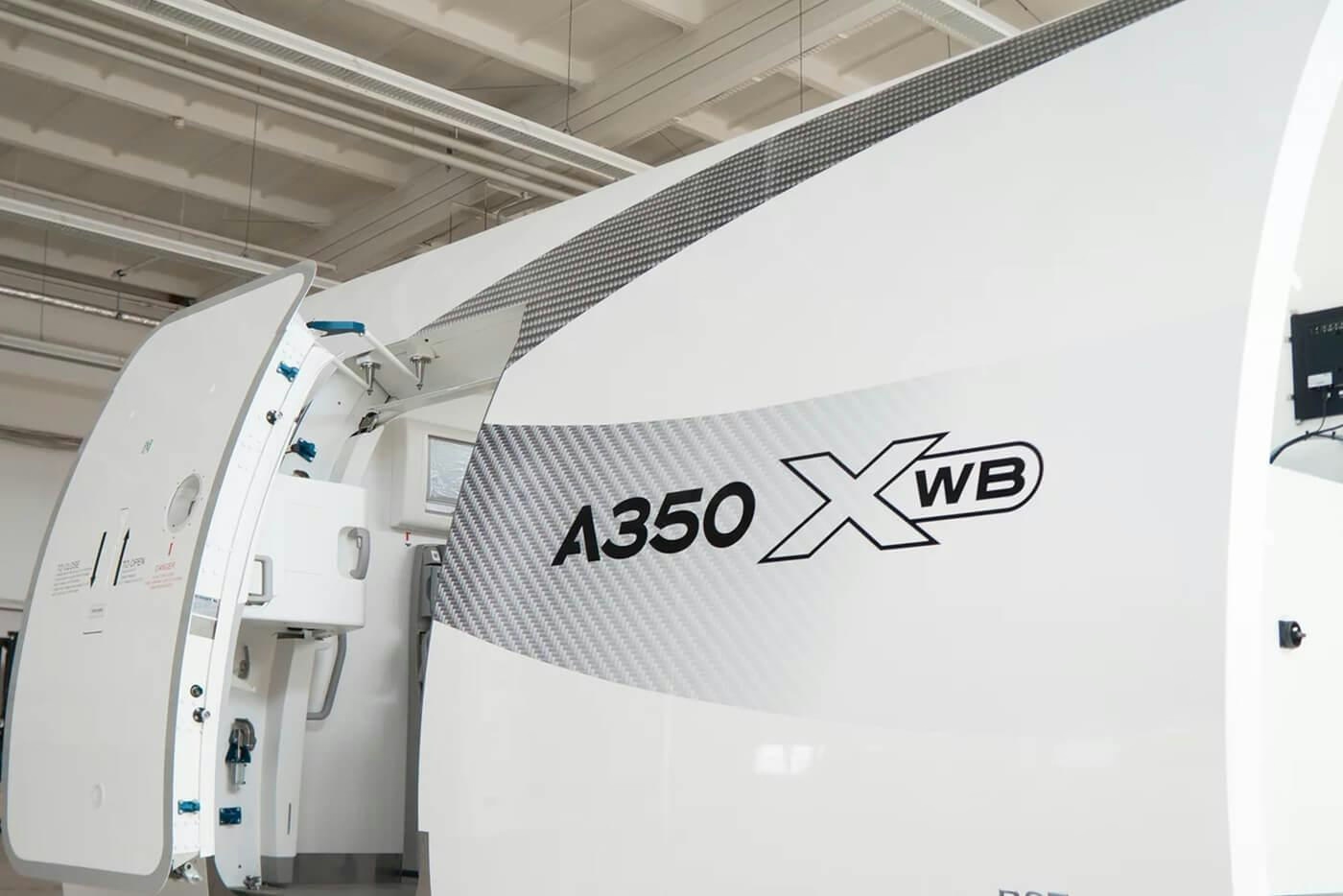
KLM Launches First Airbus A350 Simulator in the Netherlands
